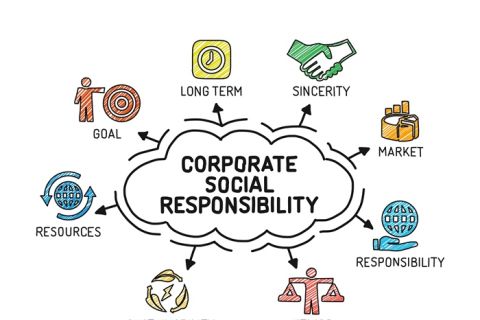
By Jovina Ang
SMU Office of Research & Tech Transfer – About 3.6% of the world’s population are migrants with most of them heading to the US as their preferred destination in search of a better life.
Moving to a new country is hard.
Other than learning a new language and adjusting to a new culture, many immigrants continue to maintain their native heritage and keep to their communities to maintain some sort of normalcy in their lives.
The degree to which immigrants adapt to the new culture can impact their career progression and their psychosocial well-being.
Because of the challenges in adapting to a new culture, immigrants have reported lower levels of satisfaction with their marriages, with some unions resulting in separation.
In speaking to the Office of Research & Tech Transfer, SMU Assistant Professor of Psychology Lester Sim said: “I have always been interested in examining cross-cultural differences, especially how immigrants adapt to a new culture. When I went to the US to do my Ph.D., I was presented with the opportunity to work on a dataset of Mexican-origin couples. Given that the Mexican-origin immigrants are the largest group of immigrants in the US, I jumped on the opportunity to leverage this data to further my research interest.”
He continued: “Apart from the distinct differences between the Mexican and American cultures, I wanted to understand how people who are foreign to the US culture navigate their new country, and how these changes impact their perspectives of the world, as well as their marital relationships.”
“Marital research typically ignores the similarities and differences between partners. And I wanted to delve deeper into this issue, specifically to see how similarities and differences can affect marital quality. Marital quality is typically measured using positive and negative dimensions. Examples of positive dimensions include happiness and satisfaction whereas conflict is an example of a negative dimension,” he added.
The research
The research was based on 273 Mexican-origin couples who had settled in the US. The participants were recruited from public records, school presentations, flyers and advertisements in the period from 2012 to 2015.
Professor Sim worked with four other collaborators on the research project. His collaborators included Post-doctoral Fellow Shanting Chen, Database Coordinator Minyu Zhang, Professor Su Yeong Kim from the University of Texas, and Professor Robin S. Edelstein from the University of Michigan.
One of the first steps that was taken by the research team was to identify the cultural adaptation domains:
- Acculturation, which referred to the high orientation to the host culture, or assimilation to the US culture;
- Enculturation, which assumes high orientation to the native or Mexican culture;
- English proficiency; and
- Spanish proficiency
The four domains were selected because acculturation and enculturation provide a view of the participants’ psychological beliefs towards the host culture. Because it takes effort to learn and be proficient in a new language, language proficiency is a behavioural response in adapting to a new culture.
These four domains were then used to analyse how they impacted the quality of marriages for these Mexican-origin couples.
One unique aspect about the research is the incorporation of the RSA (response surface analysis) method.
RSA is a relatively novel statistical technique that provides researchers the ability to assess similarities and differences between two people and how they relate to an outcome, which in this case, is marital quality.
In elaborating the point further, Professor Sim said: “While we were not the first research team to adopt the RSA method for marital research, it is very likely that we were the first research team to use this method for studying ethnic minority immigrant couples.”
The results
The results showed that the different levels of cultural adaptation can lead to the different levels of marital quality.
There is a general pattern showing that immigrant couples with similarly high levels of adaptation to US culture exhibited better marital quality compared to the couples with low adaptation levels.
Couples with similarly high Spanish proficiency reported higher satisfaction in their marriages, which suggests that the embrace of native culture can affect how immigrants adapt to the new culture.
The research team also found that stress associated with cultural adaptation, and mismatches between partners in adapting to the new culture, can influence marital outcomes.
That said, an interesting finding showed that partners who are mismatched in terms of adaptation to US culture and their level of English proficiency, can also have better marital quality. A possible reason could be the high level of support between the two partners. For example, the husband is adjusting well to his job in the US, but he notices that his wife is facing challenges adapting to life in America. Given that he knows that his wife enjoys Latin dancing, he suggests taking Latin dancing classes as an enjoyable activity, as well as meet other couples with a similar interest.
Back to Research@SMU November 2022 Issue
See More News
Want to see more of SMU Research?
Sign up for Research@SMU e-newslettter to know more about our research and research-related events!
If you would like to remove yourself from all our mailing list, please visit https://eservices.smu.edu.sg/internet/DNC/Default.aspx

